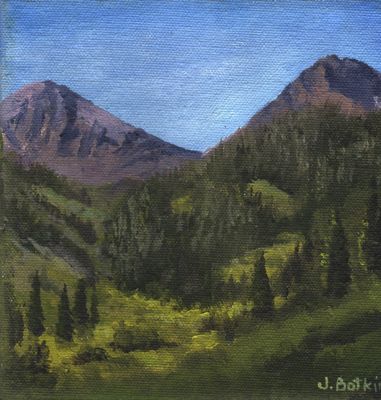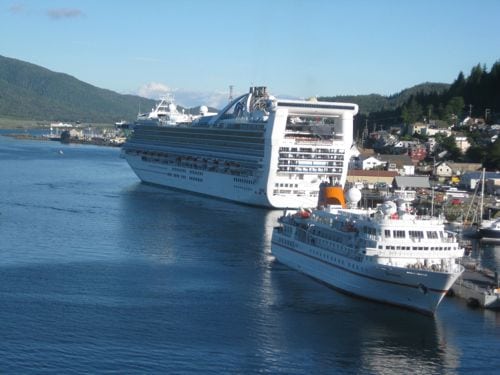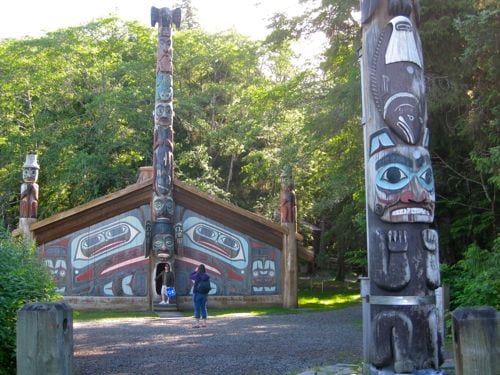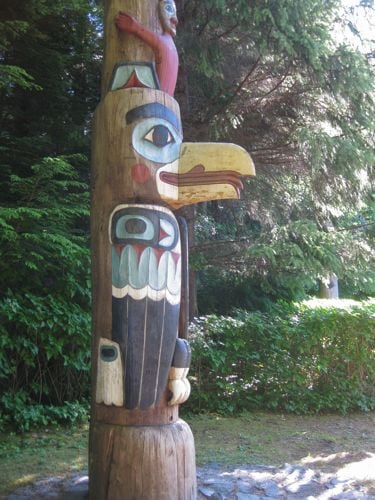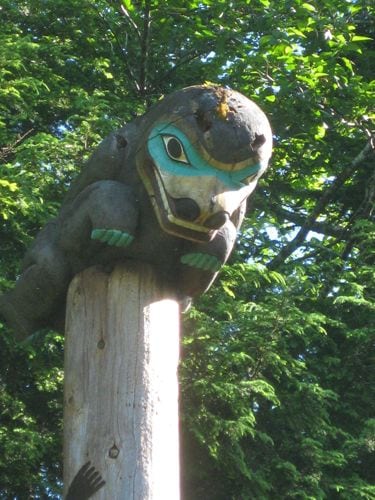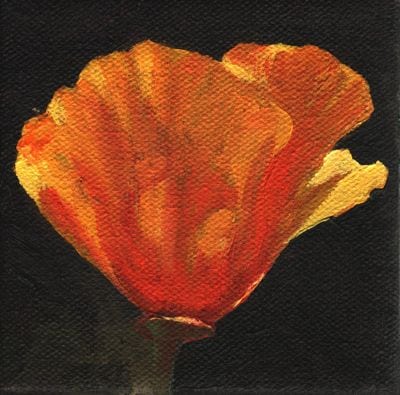Last year I did an oil painting of a standard Mineral King scene, Farewell Gap. It didn’t sell.
No big deal. I took it to shows and put it on my website. It didn’t sell.

What gives? I took it back to the Silver City Store this year and everything has sold so far except that painting.
Finally, I showed it to my friend Tall Cathy, who has been going to Mineral King her entire life, which is about 10 years longer than my life, plus she started at an earlier age. (i.e. Tall Cathy is a bona fide Mineral King Expert.) I asked her, “What’s wrong with this painting?”
She said, “Little Florence is too low”.
I said, “Shoot. I was afraid of that. Guess I’ll take it back to the studio and redo it.”
Little Florence is the peak on the left side of Farewell Gap, and it is lower than Vandever, which is the peak on the right side. Sometimes when you see it from a place other than the bridge, it looks very much lower. With 20,713 photos on my computer, I’m not going to look for the exact one I used for the painting. You can see the concept here:
Aside from the fact that normal people don’t lie in the grass to take photos, this is not the normal way that normal people view when they normally view Farewell Gap from the bridge. (There – have I successfully destroyed the word “normal” for you?)
Here it is in its new and improved version. Last year I photographed my paintings. This year I scan them. The color isn’t true either way. Look at the heights of the peaks – this is more of what people expect when they think of Farewell Gap.
Do you agree with this?

